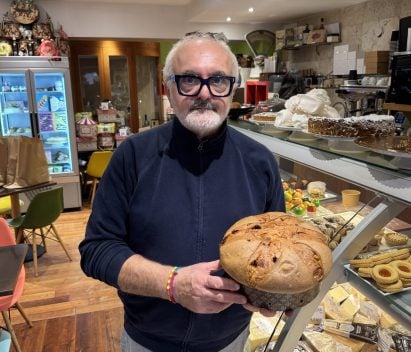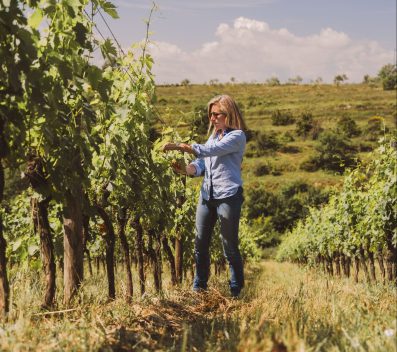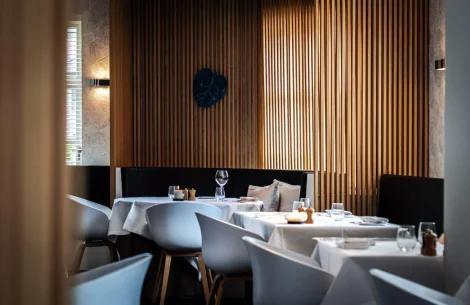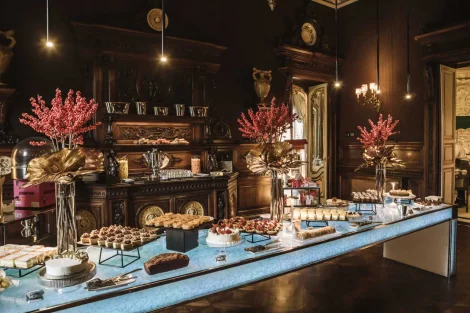by Marina Alaimo
We could say that the wines of the Campi Flegrei are very much in vogue today. Yes, because they are volcanic wines, and there is significant global attention around this sector. Their naturally light character is increasingly sought after to align with a dining scene that has been moving in this direction for some time. Consumers, both Italian and international, tend to prefer wines with a light body, making them elegant and fresh. These characteristics are closely linked to the fiery lands of the Phlegraean Fields, a territory where nothing is stable, as recent earthquakes have shown, and where everything changes continuously due to the volcanic activity beneath more than forty craters. These craters have shaped these lands, making them so beautiful and unique, a perpetual delight and challenge. A supervolcano with over 80,000 years of activity, one of the most significant in the world. The dusty, powdery soils, rich in ash and other eruptive materials, strongly characterize the wines, as does the choice to use two grape varieties: Falanghina for the whites and Piedirosso for the reds. In this area, Falanghina expresses itself magnificently, acquiring a mineral note, as well as depth and the ability to evolve over time. Piedirosso, naturally light-bodied, enhances this characteristic here, becoming a red wine of great elegance. The people of the Phlegraean Fields are notoriously a bit "crazy," likely due to the precarious nature of their environment and their historical connection to maritime activities and volcanoes, which shape such personality traits. And this bit of healthy madness is welcome, as it brings delightful innovation to the vineyards.
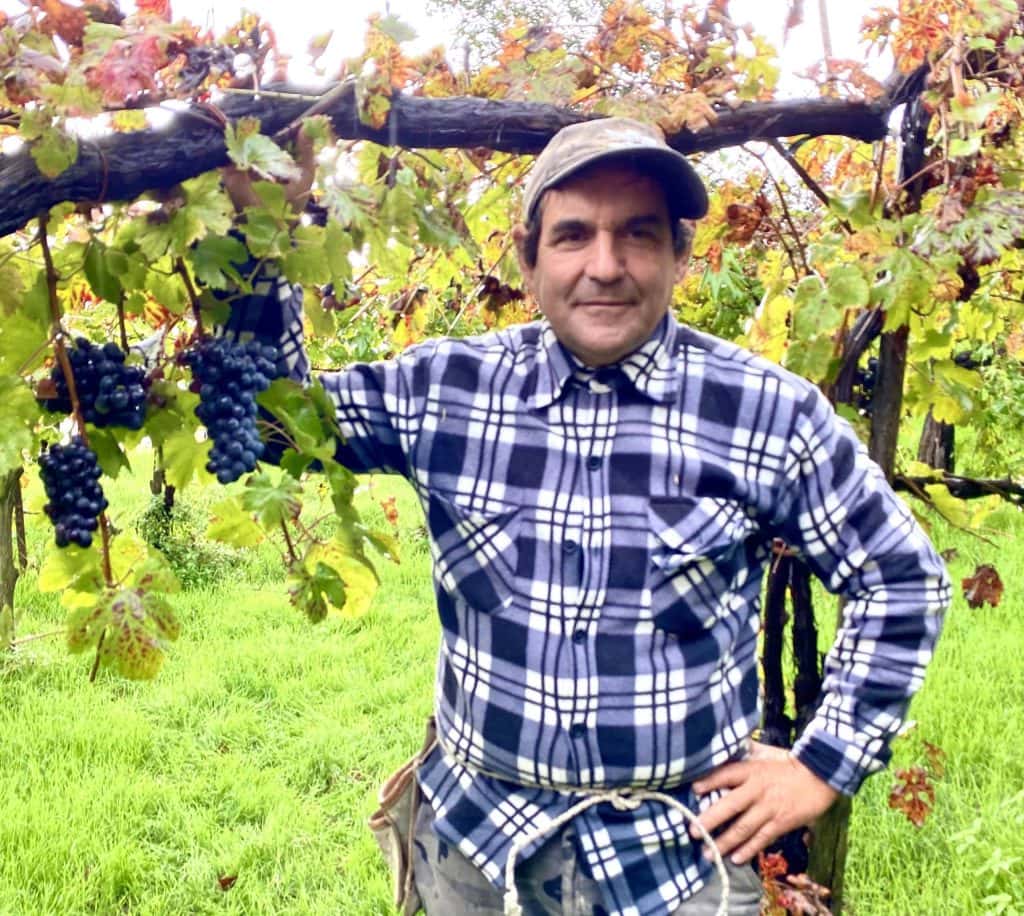
Life in the Vineyards of the Campi Flegrei
Viticulture in the Campi Flegrei has ancient roots and has faithfully accompanied the history of its people. The Greeks were enamored with this area, with Cuma being their largest and most important colony, and they planted vines along the coastline from Posillipo to the Phlegraean area. The Romans, in turn, invested significantly, founding the city of Baia, known for its luxurious villas, elite leisure, and thermal baths, while Miseno hosted Augustus's great fleet, who chose these mythical lands to distance himself from the increasingly treacherous Rome. The Romans also made significant investments in viticulture, a legacy that continues among today's winemakers. Although the size of vineyards and wineries has greatly reduced, the quality and territorial expressiveness of the wines have increased.
Among the most representative wineries is Agnanum by Raffaele Moccia, known as the last "votecaro," an expert in managing and maintaining the terraced vineyards that require much skill and experience. The soil, as fine as powder, tends to erode or dissolve under rain and wind. His certified historic vineyards are located on the great Agnano crater. He uses family clones, continuously reproduced by him and his father Gennaro through layering, as well as a technique they developed to maintain plants with exceptional DNA over time. This is evident in his wines, which stand out for their strong identity and unique nuances. Falanghina and Piedirosso among the old vines, along with small, rare grape varieties. Recently, we opened his 2011 Falanghina dei Campi Flegrei, incredibly lively and captivating, with full elegance in both aroma and taste, breaking the common prejudice that this type of white wine cannot age well. He is also a master of Piedirosso, both in the base version and the cru Vigna delle Volpi, situated between the craters of Agnano and Astroni, notable for its depth and length. Over the years, Raffaele has replanted vines on the hills of Agnano, restoring them to their former lushness.
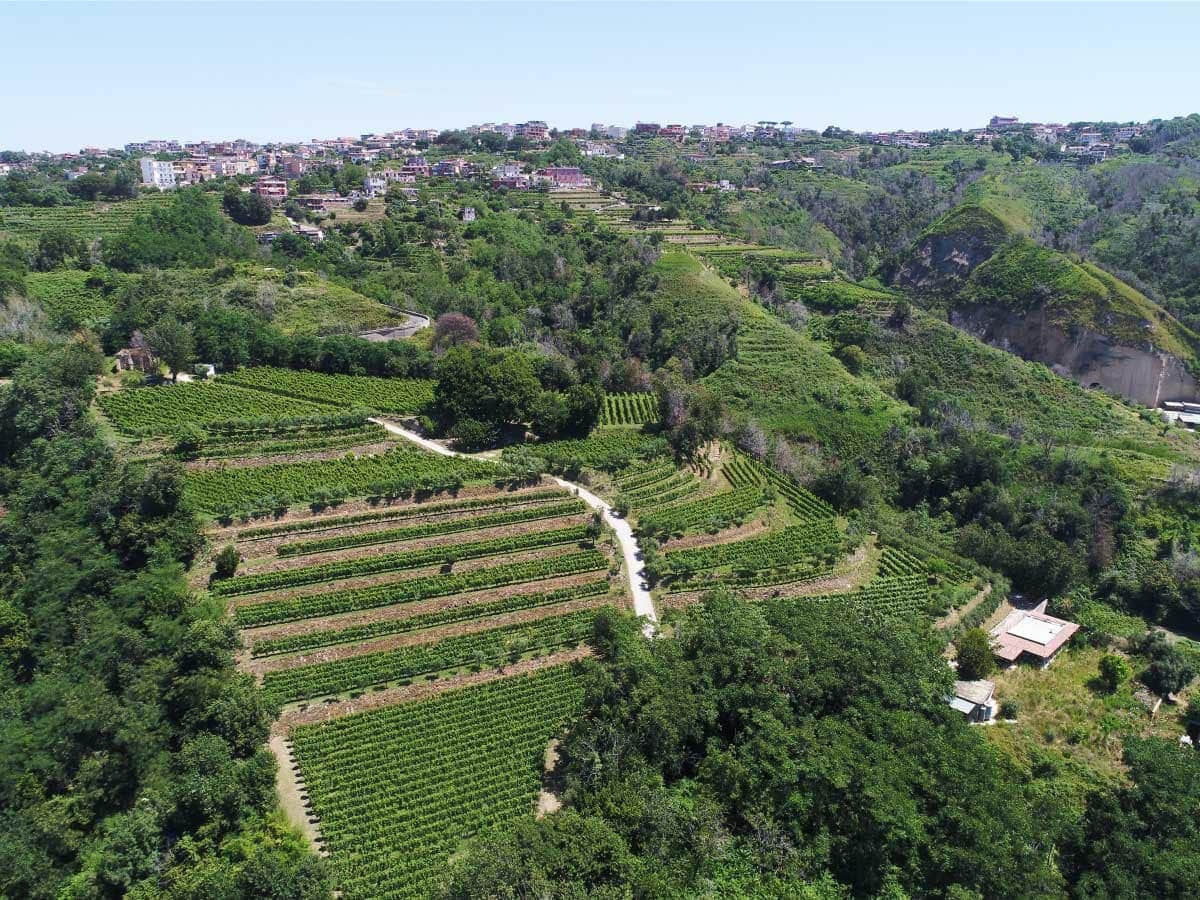
The winery in the woods
Cantine Astroni is nearby, situated on the hill of the Astroni Natural Park, an enchanted forest developed within an extinct crater. Gerardo Vernazzano manages it with his family and serves as the enologist. His studies on Piedirosso have led to significant improvements in managing this challenging and low-yielding grape variety. His family also promotes enotourism, raising awareness of Flegrea viticulture both in Italy and abroad. Among his standout wines is the Falanghina dei Campi Flegrei Tenuta Jossa, a true class act, the latest from the Camaldoli hill vineyards. With great personality, a hint of Fiano, and fermentation and aging on lees in amphora, it offers a bold, mineral profile, and a taste that suggests it can age well. Several labels and interpretations of Falanghina and Piedirosso are produced here, the latter known locally as Per’ ‘e Palumm’ for the reddish color of its stem, reminiscent of pigeons (Palumm’ in Neapolitan). It is a red grape variety typical of the volcanic area around Naples, now highly valued thanks to the efforts of these skilled producers. Colle Rotondella perfectly represents this wine type, produced entirely in stainless steel, with floral notes of violet and geranium, and a light, fresh sip that invites repeated tasting.
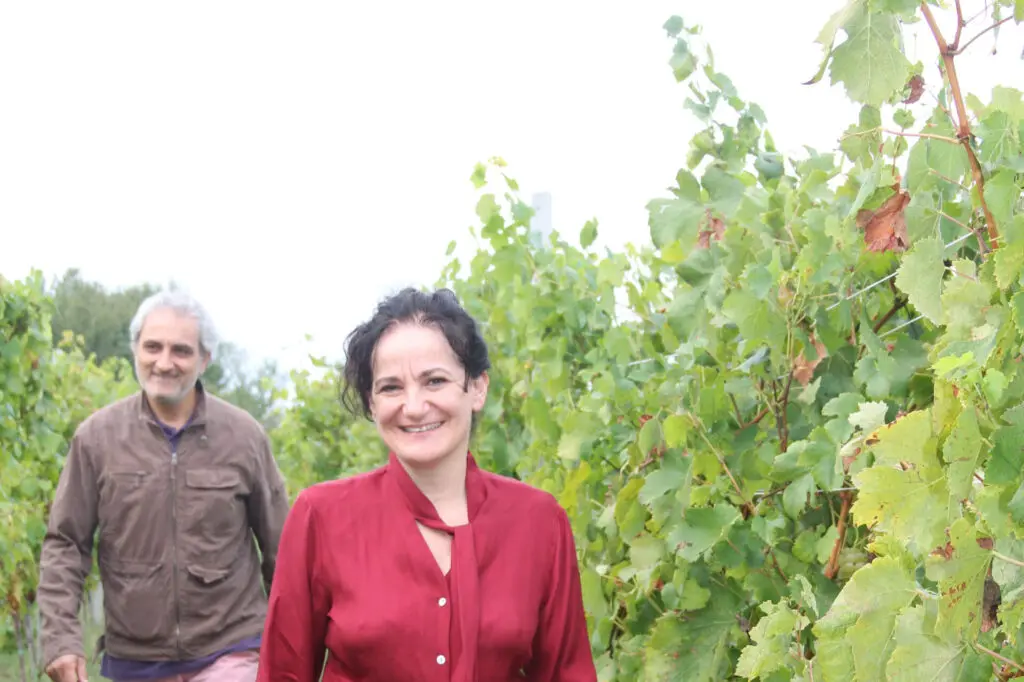
The fairytale-like small winery
Peppino Fortunato and his wife Sandra Castaldo seem almost like characters from a fairytale. In 2004, they founded the long-desired winery Contrada Salandra in Pozzuoli. A virtuous small business, about five hectares, where harmony with the environment is the guiding principle. It's rare to encounter such pure vision. Peppino has explored every small part of his land, which is 80% sand, then silt and clay, an invaluable awareness for deciding what to cultivate and where precisely. Their other great passion is beekeeping, which they pursued even before winemaking, following the same principles. They produce two labels, Falanghina and Piedirosso, both gems worth much more than their price, although money matters little to these winemakers. Or fortunately so?
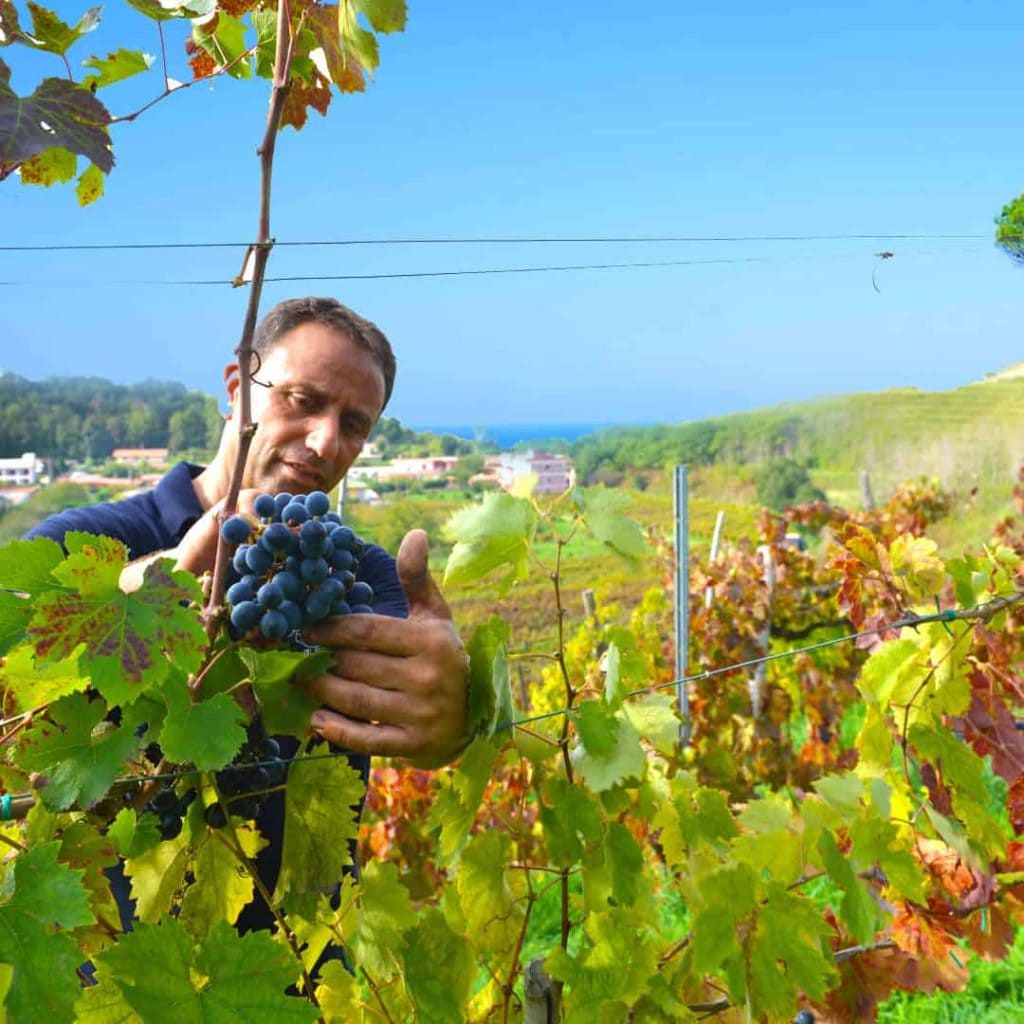
A view of the sea
With Cantina del Mare, we move to Monte di Procida, near the sea. The view is breathtaking, with vineyards arranged in an amphitheater overlooking the coast, directly facing the island of Procida, perfectly aligned with Ischia behind it. Here, the Schiano family has been recovering old Falanghina and Piedirosso vineyards since 2003 and welcoming visitors to share the historical and scenic value of their land. For five generations, the Di Meo family has cultivated vines in Bacoli, near the Roman Sibyl's Cave, from which their winery La Sibilla takes its name. The terraced vineyards reach up to 600 meters in altitude, a rarity here. Visiting the vineyards with them is an unforgettable experience for many reasons. Primarily, the genuineness of the people, sunny and generous, deeply committed to preserving the knowledge acquired over time about their land and vines. Vincenzo Di Meo, the latest generation, is also an enologist, and his involvement has greatly enhanced the wines' expressiveness. At the top of the hill, the view opens freely to the sea and coast, leaving one speechless. The vineyards are crossed by Roman walls and large cisterns belonging to the grand Augustan aqueduct that brought water from Irpinia to the Phlegraean Fields. One of these cisterns houses their wine aging cellar – tasting old vintages with them is unparalleled. They exemplify the high-quality potential of Phlegraean enology. In addition to excellent Falanghina and Piedirosso, they produce Marsigliano, a wine from rare Marsigliese grapes, Piedirosso, and Olivella, with great personality. Both Falanghina and Piedirosso are particularly elegant.
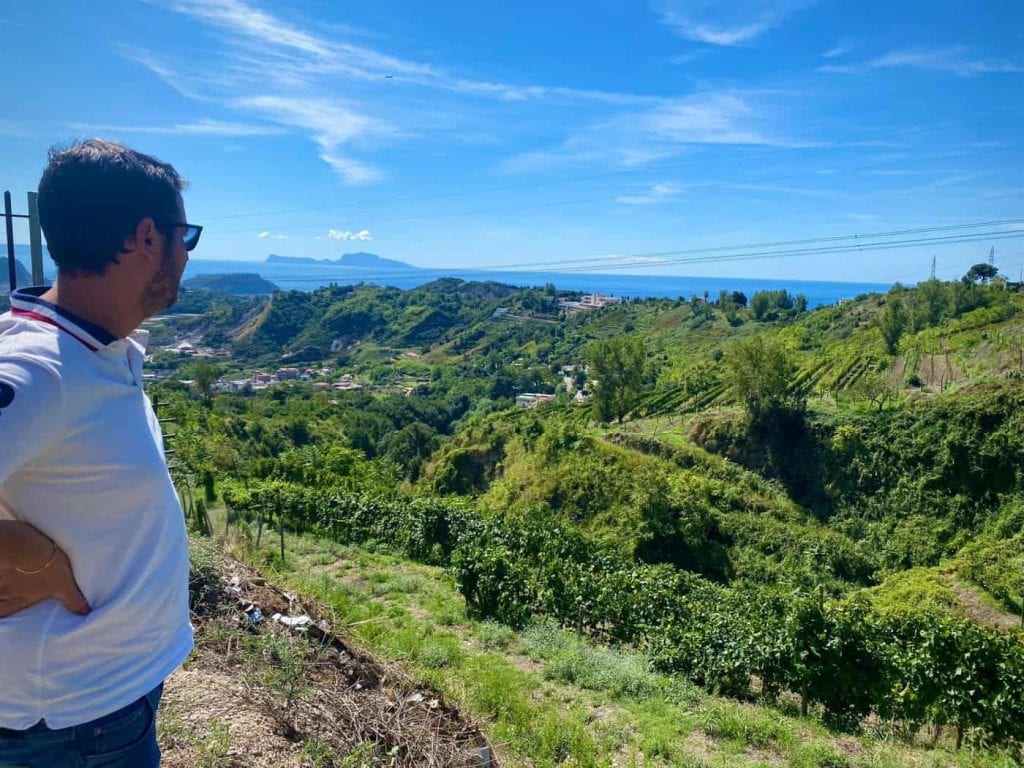
Cantine Federiciane in Marano is run by brothers Luca and Antonio Palumbo, continuing their parents' production with a focus on progressive updates and improvements. During the Covid lockdown, they embarked on a challenging project to restore an old vineyard on the Cigliano hill, between Agnano (part of Naples) and Pozzuoli. Four hectares in an ancient amphitheater form, acquired after a long period of neglect. The suspended time of the lockdown gave them the energy and opportunity to work intensely on the restoration. The result is rewarding, with the beauty of the vineyard amplified by the sea view. Vigna Cigliano Solfatara is the name of the wines produced, both white and red. Their viticulture can be described as heroic, given the challenges of such a unique and difficult territory. The oldest vines are all ungrafted, a significant added value, having escaped the phylloxera plague that cannot thrive on volcanic and sandy soils. Moreover, they are important custodians of the landscape and a territory where real estate speculation has caused much damage. The beauty here is primarily the work of the winemakers.

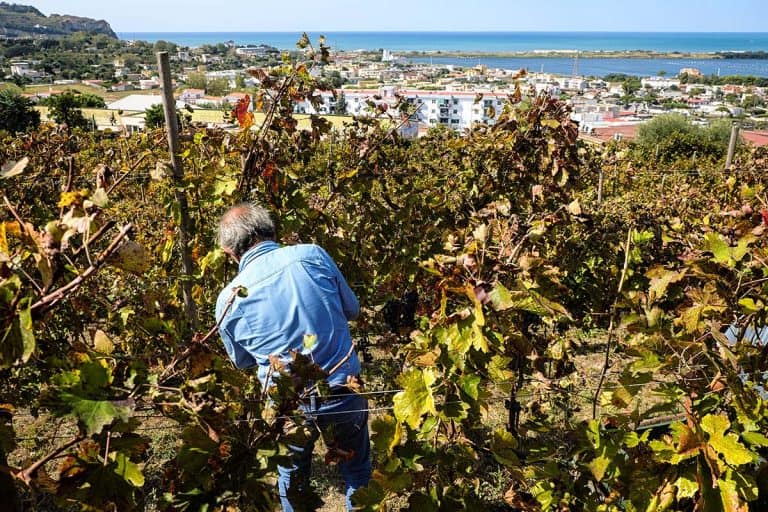
 2025 was the year of Trump's tariffs – will 2026 be better for Italian wine in the US?
2025 was the year of Trump's tariffs – will 2026 be better for Italian wine in the US?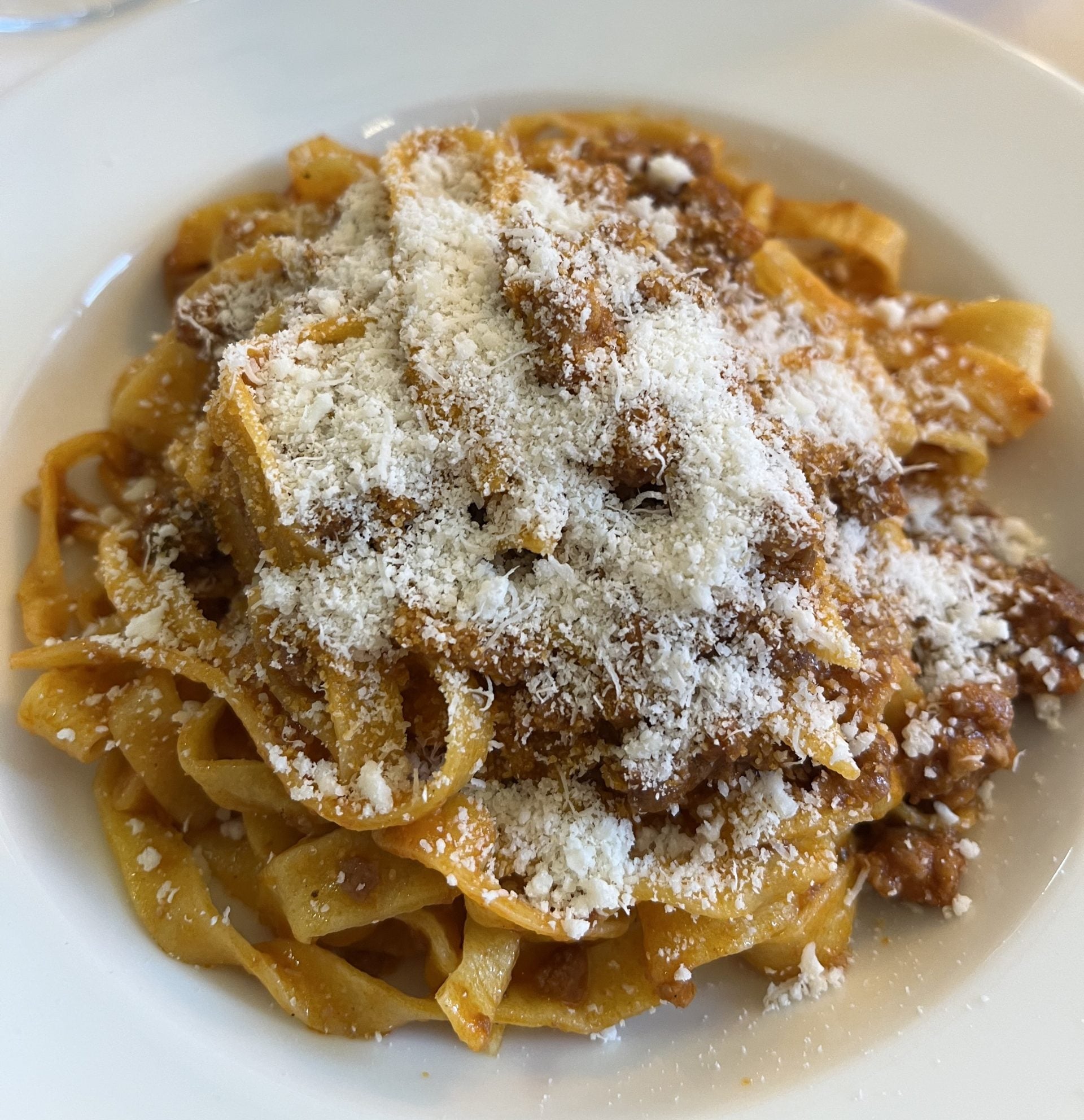 Italian cuisine recognised by UNESCO
Italian cuisine recognised by UNESCO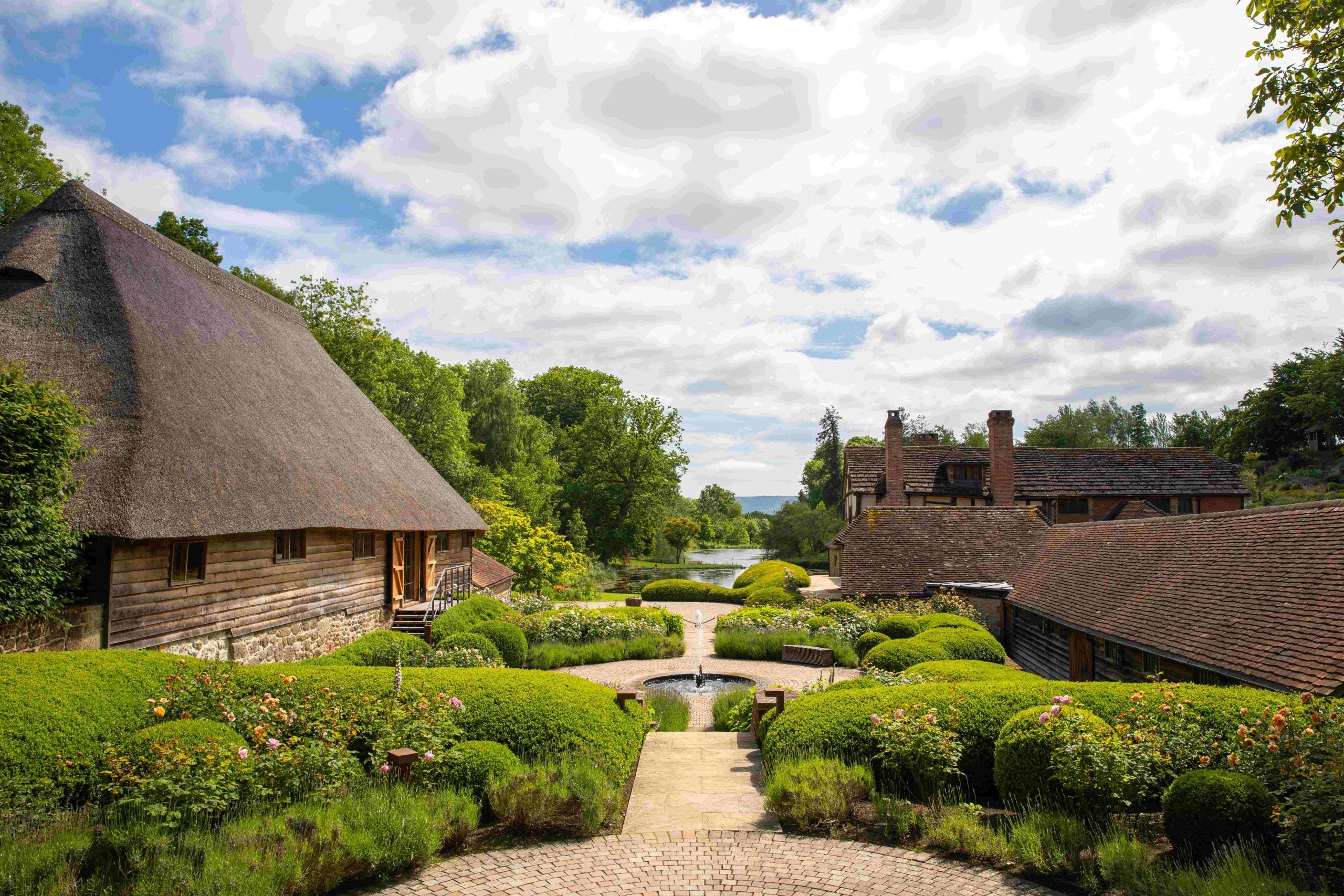 Where is English sparkling wine going?
Where is English sparkling wine going?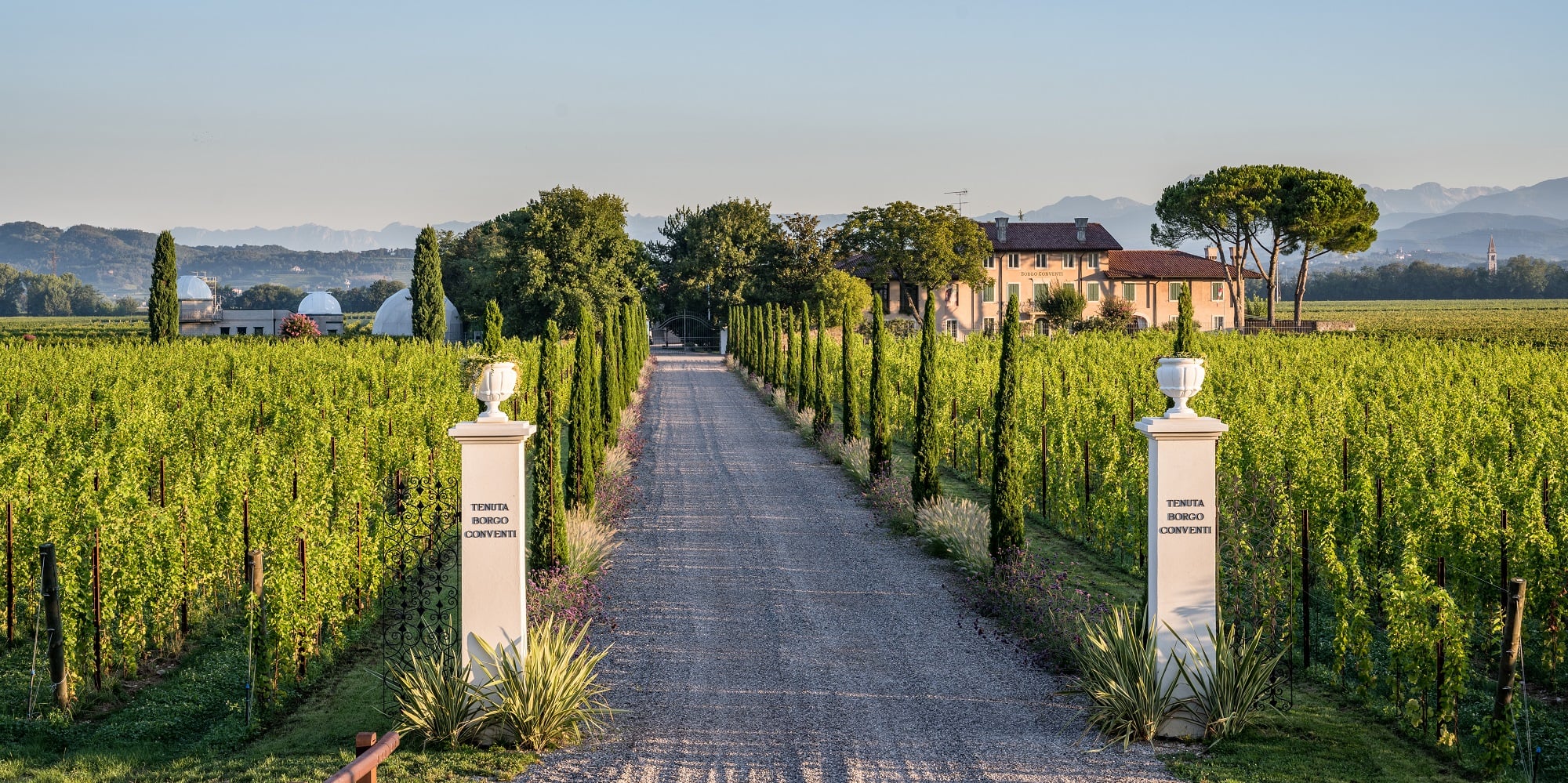 Why Borgo Conventi's Luna di Ponca should be on your radar
Why Borgo Conventi's Luna di Ponca should be on your radar Why Parmigiano Reggiano is about to become a Hollywood star
Why Parmigiano Reggiano is about to become a Hollywood star
